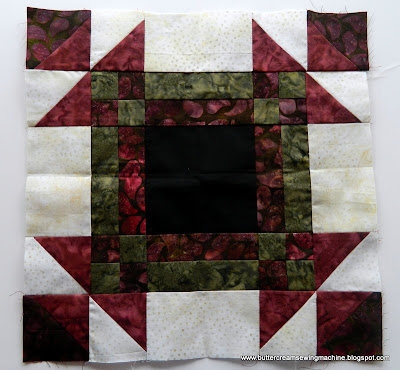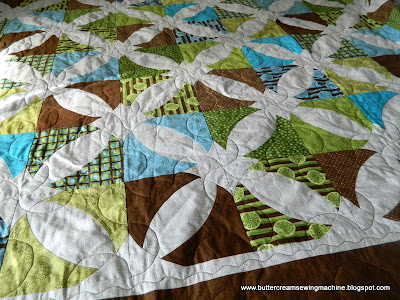In case you didn't know, my husband and I are expecting our first little one sometime in the next month. I have been doing lots of baby sewing projects, but it feels like they have mostly been for other people's babies (we have moved past the season of wedding gifts, and now it is the season of baby gifts - do you know what I'm saying?). We don't know if we are having a girl or a boy yet, so with the sea of neutral, I am waiting to make some gender specific items until after the baby is born.
But, there are some things that I know we need before I can make correct color choices - and one of those things is burp cloths. Now, I haven't had a lot of babies spit up on me before, but I've heard it can be messy :). So, I decided to make a few burp cloths to get us started. And, I thought since I was already making them I might as well show you how I did it :).
Warning: I don't actually have a baby yet, so I am guessing at the level of absorbency needed (which I hear varies baby-to-baby). I also averaged out the many sizes of burp cloths that people seem to enjoy to make a size that made sense for me and the fabric I had on hand. The general idea of the burp cloth can be modified to fit your fabric needs.
So, I started with some very cute fabrics (Oh Boy! by David Walker) and a white towel. Everyone has an extra towel lying around, so I used one that we rarely pull out of the closet. This project would also be great for a well-loved towel that has some salvageable parts - or you maybe could use a hand towel!
#1 - Cut two 18"x7" rectangles (one from the outer fabric, one from the towel).
#2 - Using a bowl, round all four corners of each rectangle.
#3 - Pin the rectangles right-sides together, and sew around the burp cloth (I used a 1/4" seam allowance). Leave a 2"-3" opening along one of the straight edges.
#4 - Clip little triangles out of the rounded corners.
#5 - Turn right-side-out and press. Pin the opening closed.
#6 - Sew a small seam allowance around the entire burp cloth (I sewed this at 1/8").
#7 - And, you are done! See, it was a quick & easy burp cloth!
The fun part is all of the cute colors you can make them in!
Now - I have a question for all of the people out there who regularly grab a burp cloth.
How many do you need to start with?
I know it probably depends on how many times a week you do laundry - but,
How many do you go through in a day?
Thanks for reading!
Other fun baby projects:
Baby Kimono Shoes
Baby Log Cabin Tag Quilt
Bopple Ball
Blogs I link to: CraftOManiac, Brassy Apple, Sumo’s Sweet Stuff, Tip Junkie, Shwin and Shwin, Home Stories A to Z, Creative Itch, Sugar Bee Crafts, Coastal Charm, Not Just a Housewife, Hope Studios, Chef in Training, Mommy By Day Crafter By Night, Southern Lovely, Passionately Artistic, Sew Woodsy, Ginger Snaps, Someday Crafts, Creations by Kara, Rae Gun Ramblings, Delightful Order, House of Hepworths, The CSI Project, Kojo Designs, Tatertots & Jello, Shabby Nest, Chic on a Shoestring, Simple Home Life, 30 Handmade Days, Family Ever After, Craftionary, I Heart Nap Time, Positively Splendid, Nifty Thrifty Things
Pin It





















































